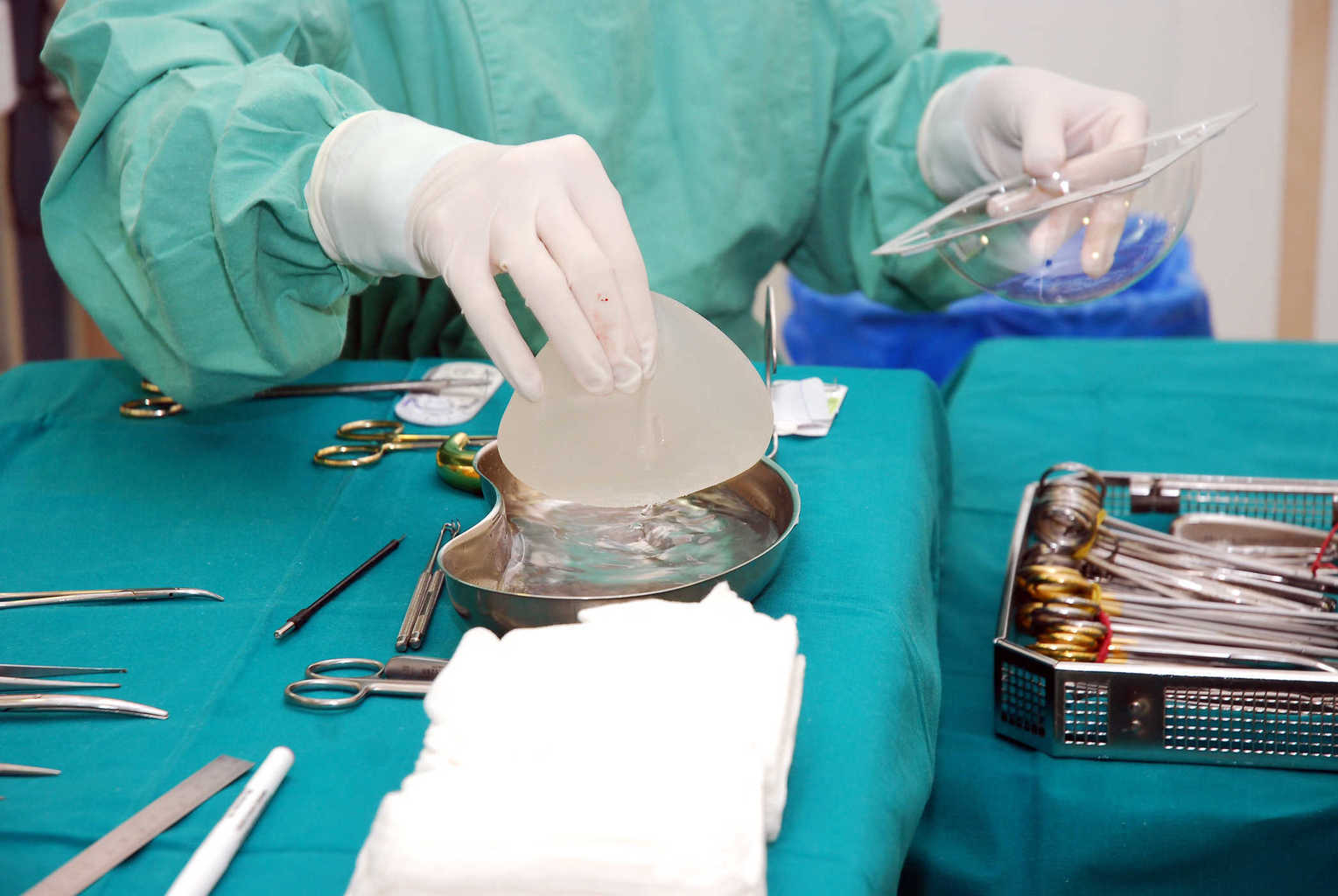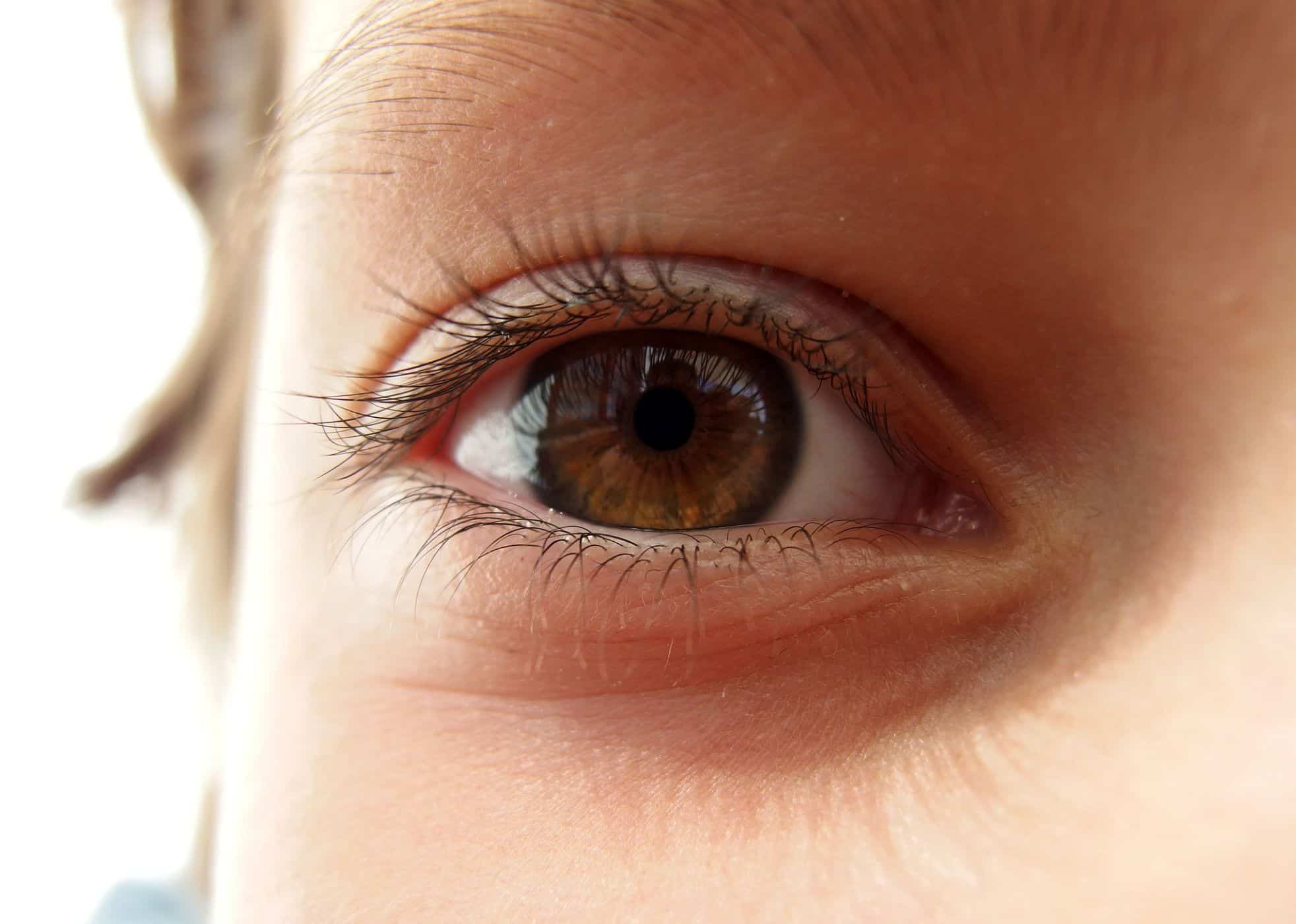Contents:
- Medical Video: Aesthetic Breast Reconstruction Options Following Mastectomy | UCLA Plastic Surgery
- Understand your choice
- Implants use expanders
- Flap procedure
- Transverse Rectus Abdominal Muscle (TRAM) Flaps
- Back (Latissimus Dorsi) Flap
- Gluteal and Thigh Flap
- Deep Inferior Epigastric Perforator (DIEP) Flap
- Think carefully
Medical Video: Aesthetic Breast Reconstruction Options Following Mastectomy | UCLA Plastic Surgery
There are various types of reconstructive surgery for breast cancer. As a result, not a few patients are confused in determining the reconstruction operation that will be undertaken. Check out an explanation of the types of reconstructive surgery in this article to make it easier for you to choose the most appropriate surgery.
Understand your choice
More confusing in a series of breast cancer surgeries is choosing one of the reconstruction options. At first, you are shocked by a cancer diagnosis, then you have to adapt to the possibility of a mastectomy, and finally you begin to familiarize yourself with reconstructive choices. It's natural when stress comes, but you must still know each procedure to make the right decision.
Implants use expanders
At present, expansion implants are the most common reconstructive surgery. This operation is usually carried out through two stages. The first stage begins with placing the expanders. In the second stage, the doctor will replace the expanders with silicone or saline implants. Expanders are usually installed at the time of mastectomy, although it can be done several years after surgery.
Initially, the surgeon will perform a mastectomy to remove the cancer and all the breast tissue needed. Then the plastic surgeon will divide your chest wall muscle and install a medical device called an expander in it.
After about a month of healing, you should return to visit a plastic surgeon to undergo the "filling" process. The doctor will insert a thin needle into your chest then pump saline into the expanders. Your skin will be numb so that this procedure can be carried out without pain. The "filling" process will be carried out periodically for several months to let the skin adapt and eventually accommodate the implants given.
In the second operation, the expander will be removed and the implant inserted. According to your choice, nipples can be made from the skin of the inner thigh or the skin of other parts. Alternatively, you can also get a 3-D nipple tattoo in your breast.
The implant procedure is a relatively easy operation with a relatively short recovery. However, expanders will look unnatural because your chest is basically being pumped so that the breasts will feel hard before being replaced with implants. To outsmart this process, you will have to be smart in choosing clothes so that the chest does not look striking.
Scarring around the implant (capsular contracture) will harden and sometimes become a separate problem. Implants implanted are not valid for life and generally have to be replaced every 10 years. This process requires MRI.
There are also more simple surgical options, namely the implant placed at the time of mastectomy. Unfortunately, not all patients can undergo this operation. But if you are interested, ask for a plastic surgeon's advice.
Flap procedure
The flap procedure is far more complicated because it must be done under anesthesia and requires a long time. This procedure is considered a major operation and the patient must be hospitalized for several days. To perform this operation, a plastic surgeon who is qualified and skilled in vascular surgery is needed.
In the process, the body's own tissues are used to make breast mounds. Among several types of flap procedures, there are two ways to do this operation, namely:
- Skin and muscle can be taken from other parts of the body and placed to form the breast.
- The network is fully appointed and moved in a new place.
The following are descriptions of various flap procedures.
Transverse Rectus Abdominal Muscle (TRAM) Flaps
A plastic surgeon will take muscle and tissue from your stomach and use it to make breasts. Because one of the abdominal muscles is taken, your abdominal muscles may feel weak so you are advised to do physical therapy so that your strength can recover.
Back (Latissimus Dorsi) Flap
Similar to other processes, this procedure requires skin, fat, and muscle from the upper back, penetrating the lower part of the skin to the chest. This procedure is usually used for smaller breast sizes, or for making implant sacs. After undergoing this procedure, some women generally complain of weak backs and arms.
Gluteal and Thigh Flap
This procedure is another option for women who may have more tissue in the buttocks and legs than in the stomach tissue.
Deep Inferior Epigastric Perforator (DIEP) Flap
This procedure is similar to the TRAM flap, but the difference is, only the skin and fat are taken. In this procedure, a microsurgery specialist is needed to connect the blood vessels. Compared to TRAM, DIEP flaps do not eliminate stomach strength for some women.
The advantages of the flap procedure are the shape, texture, and appearance of the reconstructed breasts that look more natural. These breasts have blood flow and are part of your own body. The breast skin can age and relax, and can enlarge or shrink according to body weight. This is certainly different from implants which will make the breasts stay tall and tight. Breast flap procedure results may also feel more natural to your partner. In addition, many women claim to be very happy because by undergoing this process, fat in their stomach can also be reduced.
The disadvantages of the flap procedure are very long operating time, as well as the risk of tissue infection and necrosis. There are scars in other areas of the body and there is a risk of problems besides losing muscle, such as a hernia. Thin women are not eligible for this operation because they do not have enough tissue to make the breast.
Think carefully
Keep in mind that reconstruction surgery is not the same as surgery to beautify the breast, because basically the doctor tries to create something that is not there. Make sure your expectations remain realistic, so that the end result will be more satisfying.
The doctor will help you weigh the pros and cons of each operation. Although urgent, you may be given a few weeks to find information about your choice and ask for a second opinion if needed.












